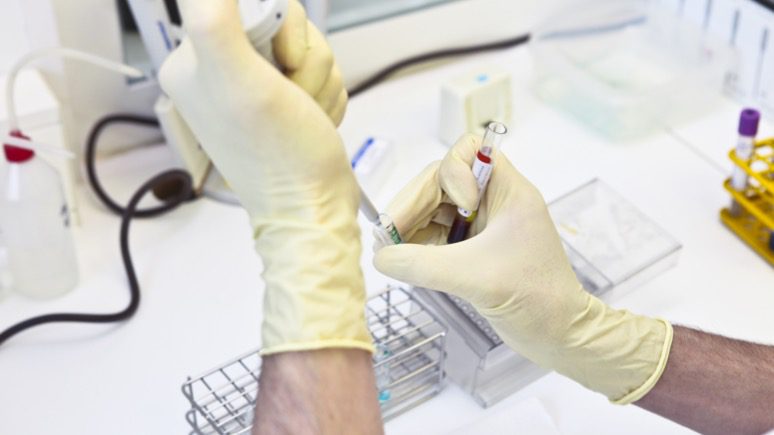Spina Bifida symptoms
Children with Spina Bifida may not have any symptoms of Spina Bifida. In this case, the lamina arch has not completely closed, but the spinal cord is not damaged and is in its correct position.
In others with Spina Bifida, a fatty tissue mass protrudes through the opening in the spinal column. This is called a Lipomeningocele. In more severe cases of Spina Bifida, the spinal cord or the tissues that protect it come through the opening in the arch. This is called a Myelomeningocele. Spina Bifida symptoms in these cases might include a decrease in the size of the muscles of the legs, muscle weakness, and loss of bladder function.
A child will show Spina Bifida symptoms dependent upon how severe the defect is. Most of the children with the less severe form of Spina Bifida do not have any issues. Much of the time, children with Meningocele do not have any Spina Bifida symptoms.
Children with the most severe type of Spina Bifida, Spina Bifida Cystica (Myelomeningocele), have very dramatic symptoms including:
- Little to no feeling and control in their legs, feet, or arms.
- Significantly impaired bladder and bowel functions.
- Hydrocephalus
- Scoliosis
Spina Bifida diagnosis
Blood tests and Ultrasounds can offer early indications or symptoms of Spina Bifida and other issues. If the test comes out positive for a congenital disability, you can elect to have an Amniocentesis. This test can help confirm if the infant has a Spina Bifida diagnosis.
After birth, a specialist can typically tell if an infant has symptoms of Spina Bifida. If Spina Bifida diagnosis is suspected, the specialist may do an X-ray, an MRI, or a CT scan to check whether the defect is mild or severe. Regardless of the possibility that the results are negative, there is still a slight chance that Spina Bifida is present.
Consult your specialist about pre-birth testing, its dangers, and the full scope of Spina Bifida.
Blood tests
Your specialist will check for Spina Bifida by first doing the following:
- Maternal Serum Alpha-Fetoprotein (MSAFP) test
A typical test used to check for Myelomeningocele is the Maternal Serum Alpha-Fetoprotein (MSAFP) test. In order to perform this test, your specialist draws a blood test and sends it to a research facility, where it is tested for Alpha-Feto Protein (AFP) — a protein created by the infant.
It is typical for a small measure of AFP to cross the placenta and enter the mother’s circulatory system. Yet, strangely elevated amounts of AFP recommend that the infant has a neural tube deformity, most commonly Spina Bifida or Anencephaly, an undeveloped and skull.
Some Spina Bifida cases do not deliver an abnormal state of AFP. Then again, when an abnormal state of AFP is discovered, a neural tube deformity is present in just a small percentage. Fluctuating levels of AFP can be caused by different variables — including an error determining an exact fetal age — so your specialist may arrange a subsequent blood test for confirmation. If the results are still high, you will require additional assessment, including an ultrasound examination.
Ultrasound
Numerous obstetricians depend on ultrasonography to screen for Spina Bifida diagnosis. If blood tests show high AFP levels, your specialist will recommend an ultrasound exam to help decide why. The most widely recognized ultrasound exams ricochet high-recurring sound waves off tissues in your body to frame highly contrasting pictures on a video screen.
The data these pictures give can reveal whether there is more than one child and can help confirm gestational age, two factors that can influence AFP levels. An ultrasound can also distinguish indications of Spina Bifida, for example, an open spine or specific components in your child’s brain that demonstrate Spina Bifida.
Amniocentesis
If the blood test shows abnormal amounts of AFP in your blood yet the ultrasound is normal, your specialist may offer amniocentesis. With amniocentesis, your specialist uses a needle to expel a liquid sample from the amniotic sac that surrounds the child. For example, when an open neural tube deformity is present, the amniotic fluid contains a raised measure of AFP if the skin surrounding the infant’s spine is gone and AFP spills into the amniotic sac.
Click here to read about the treatment.
















Leave a Reply
You must be logged in to post a comment.